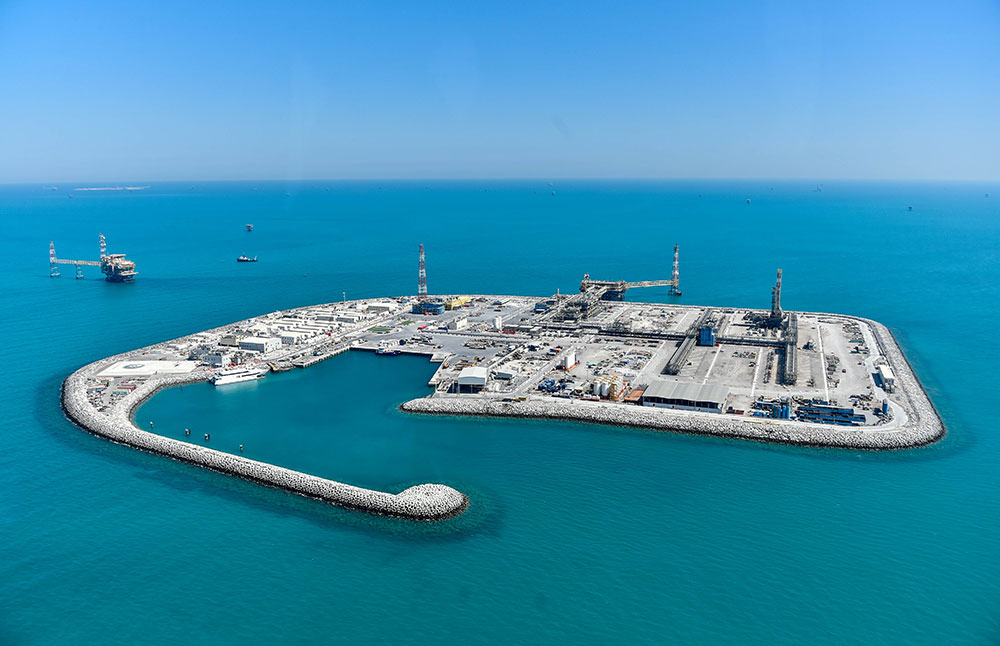ADNOC Achieves Industry-Leading Carbon Intensity at Shah Oil Field Enabled by AI
ADNOC announced on Thursday that its onshore Shah Field has achieved an industry-leading carbon intensity of 0.1 kg of carbon dioxide equivalent per barrel of oil equivalent (kgCO2e/boe), setting a new benchmark for sustainable oil production. This milestone underscores ADNOC’s commitment to producing some of the world’s least carbon-intensive oil and gas.
 |
| Source: ADNOC |
Shah Oil Field: A Model of Sustainability
Located 230 km south of Abu Dhabi, the Shah Field has a production capacity of approximately 70,000 barrels of crude oil per day (kpbd), enough to fuel over one million cars in the UAE. The field’s success in reducing carbon intensity is attributed to optimized field development, digitalization, and the deployment of advanced technologies, including artificial intelligence (AI).
ADNOC’s electrification of its onshore assets, powered by nuclear and solar energy, has also played a critical role in minimizing emissions. “Technology is essential to ADNOC's journey towards net zero, and this milestone at Shah demonstrates our commitment to sustainability and innovation,” said Musabbeh Al Kaabi, ADNOC Upstream CEO.
Advanced Technologies Driving Efficiency
The Shah Field leverages cutting-edge technologies to maximize efficiency and reduce emissions. Key innovations include:
- Liquid Ejector Technology: Recovers and reuses gas that would otherwise be wasted, saving power and reducing emissions.
- AI-Enabled Centralized Predictive Analytics Diagnostics (CPAD): Reduces maintenance downtime while enhancing operational efficiency and safety.
These technologies have enabled ADNOC to achieve an upstream carbon intensity of ~7 kgCO2e/boe in 2023, placing the company among the lowest-carbon-intensity oil and gas producers globally. Additionally, ADNOC reduced scope 1 and 2 emissions by 6.2 million tonnes of CO2e, with approximately 4.8 million tonnes attributed to clean grid energy from solar and nuclear power.
ADNOC’s Broader Sustainability Goals
ADNOC’s achievements at the Shah Field align with its broader sustainability strategy, which includes:
- Investing in renewable energy and clean technologies.
- Reducing methane emissions and flaring.
- Enhancing energy efficiency across operations.
“By leveraging advanced solutions, including AI, digitalization, remote operations, and predictive data analytics, we are optimizing operational performance while significantly reducing emissions,” Al Kaabi added. “We will continue to innovate to decarbonize our operations and future-proof our business while ensuring a reliable energy supply to meet global demand.”
Setting a Global Benchmark
The Shah Field’s achievement sets a new standard for the oil and gas industry, demonstrating that sustainable production is achievable through innovation and technology. As global energy demand continues to rise, ADNOC’s efforts highlight the importance of balancing energy security with environmental responsibility.
With its focus on sustainability and technological advancement, ADNOC is paving the way for a greener future in the oil and gas sector, proving that even traditional energy sources can contribute to a low-carbon world.
